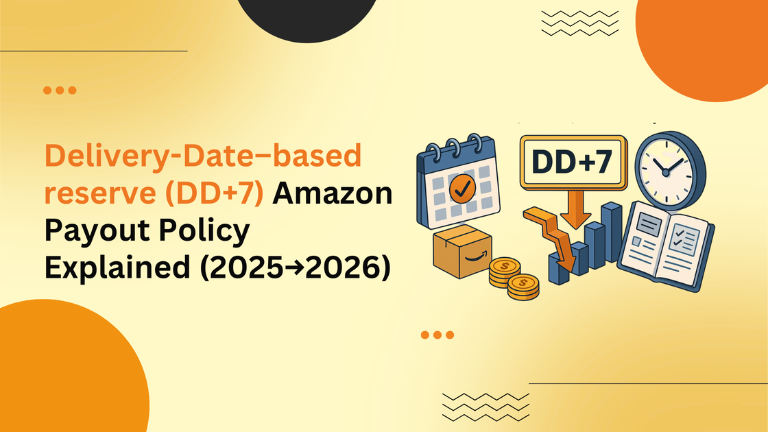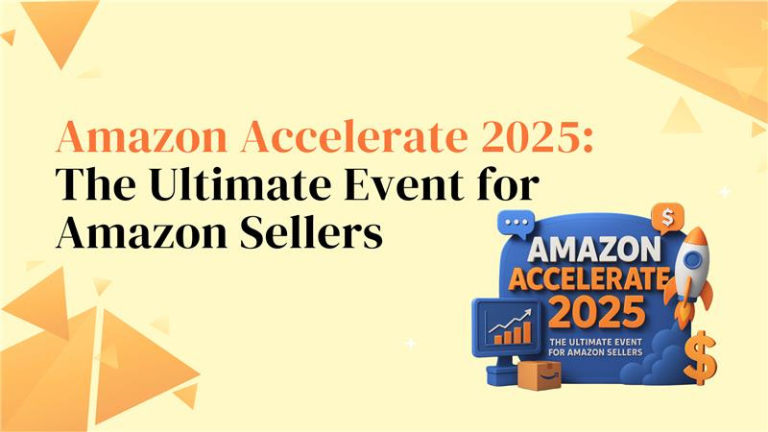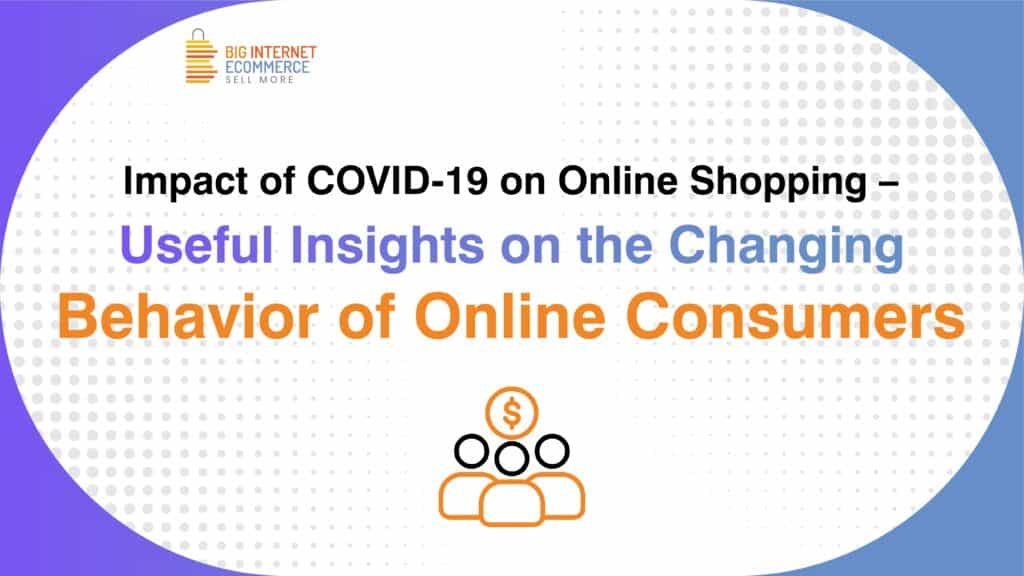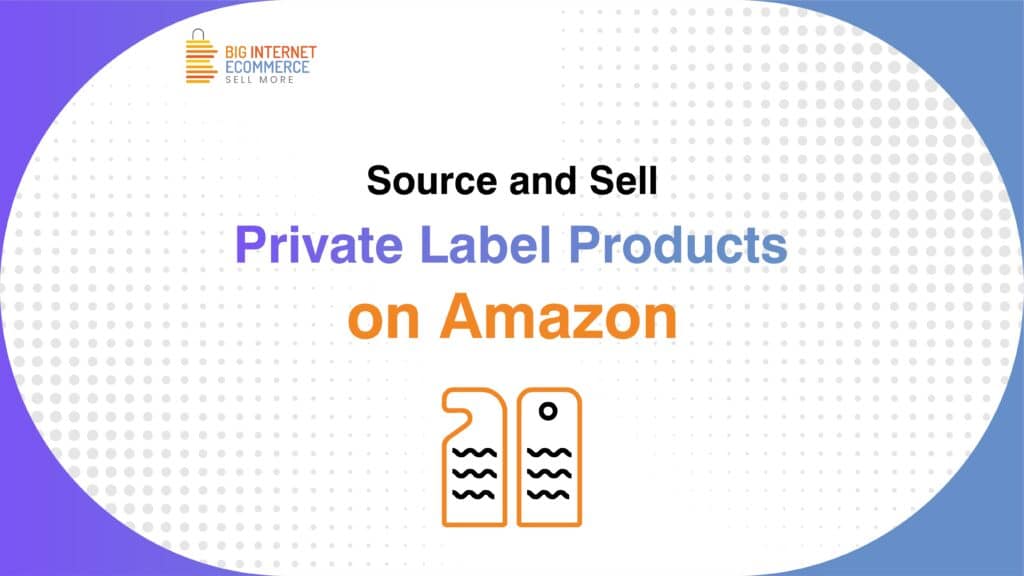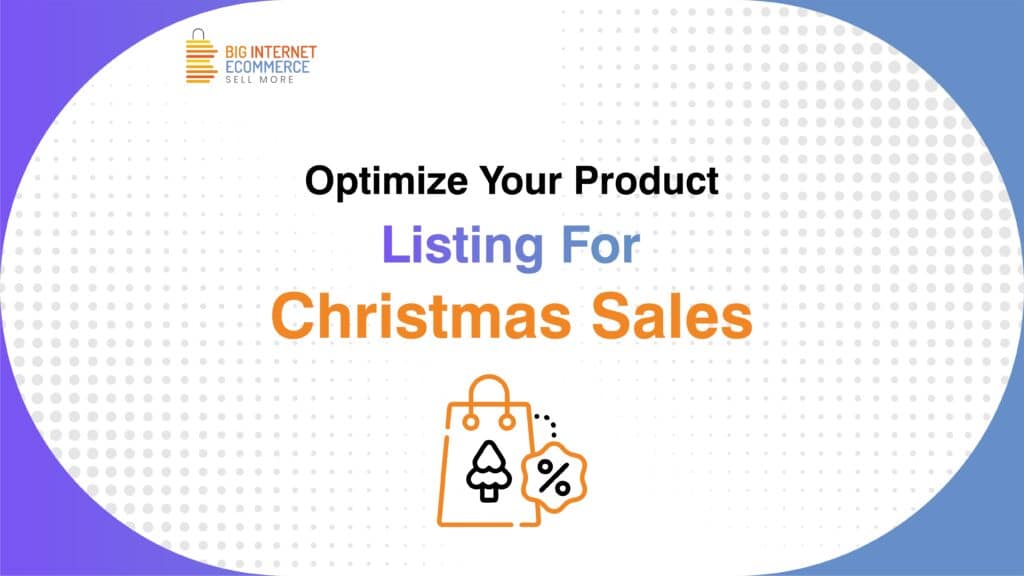Amazon’s FBM Ship+: How Sellers Can Deliver at FBA Speed Without Losing Control
Amazon’s latest fulfillment evolution, FBM Ship+, is reshaping how sellers approach logistics. For years, sellers have faced a tradeoff: FBA offered fast delivery and Prime visibility, while FBM provided control and cost flexibility. Now, with FBM Ship+, Amazon is blurring that line — giving FBM sellers predictive delivery, faster shipping, and verified delivery promises, all while maintaining warehouse independence. What Is FBM Ship+ and How It Works FBM Ship+ allows self-fulfilling sellers to use Amazon’s predictive logistics system and partner carriers to offer fast, verified delivery times. Here’s how the system operates: Predictive Model: AI analyzes past shipment performance and adjusts delivery promises dynamically. Faster Carrier Routes: Partner carriers reduce transit by up to 2.5 days. Optimized Estimates: Predictive modeling trims another 6.5 days off expected delivery time. Automation: Amazon automates handling times and applies discounted Buy Shipping rates. Rebates: Sellers earn per-order cashback incentives during launch windows. Supported currently for China-to-major-market routes, Amazon plans domestic expansion in 2026. The Strategic Implications for Sellers Why it matters: Conversion Boost: Listings with verified delivery windows saw an average 34% sales lift. 2. Inventory Control: Sellers retain flexibility over stock and packaging, unlike FBA storage. 3. Lower Fees: Reduced storage and handling costs make FBM viable for mid-margin SKUs. 4. Faster Prime Eligibility: Verified delivery unlocks Prime-like visibility even for FBM listings. But it’s not all upside. Sellers must maintain high on-time delivery rates and handle potential overpromising by Amazon’s algorithms. Poor performance could mean removal from the program — or worse, negative account health impacts. Big Internet Ecommerce’s Framework for FBM Ship+ Sellers At Big Internet Ecommerce, we guide sellers through Amazon fulfillment transitions. Our support includes: Cost Modeling: FBA vs FBM+Ship+ break-even analysis. Performance Planning: Benchmarks to maintain Ship+ eligibility. Predictive Metrics Setup: Integrating real-time delivery analytics into Seller Central dashboards. Operational SOPs: Training your team to handle AI-adjusted delivery commitments. FBM Ship+ could redefine how sellers balance speed and control. It offers the promise of FBA-level delivery performance — without Amazon owning your inventory. But that promise comes with responsibility. Sellers who can maintain precision and consistency will thrive; those who can’t may find Ship+ demanding. At BigInternetEcommerce.com, we help you model, prepare, and execute — so you can scale at FBA speed, without FBA constraints. Want to find out whether FBM Ship+ fits your Amazon business model? Schedule your strategy call with Big Internet Ecommerce today! Follow Big Internet Ecommerce (BIE) on Instagram & LinkedIn to stay updated with the latest trends in Amazon selling.
Amazon’s FBM Ship+: How Sellers Can Deliver at FBA Speed Without Losing Control Read More »




